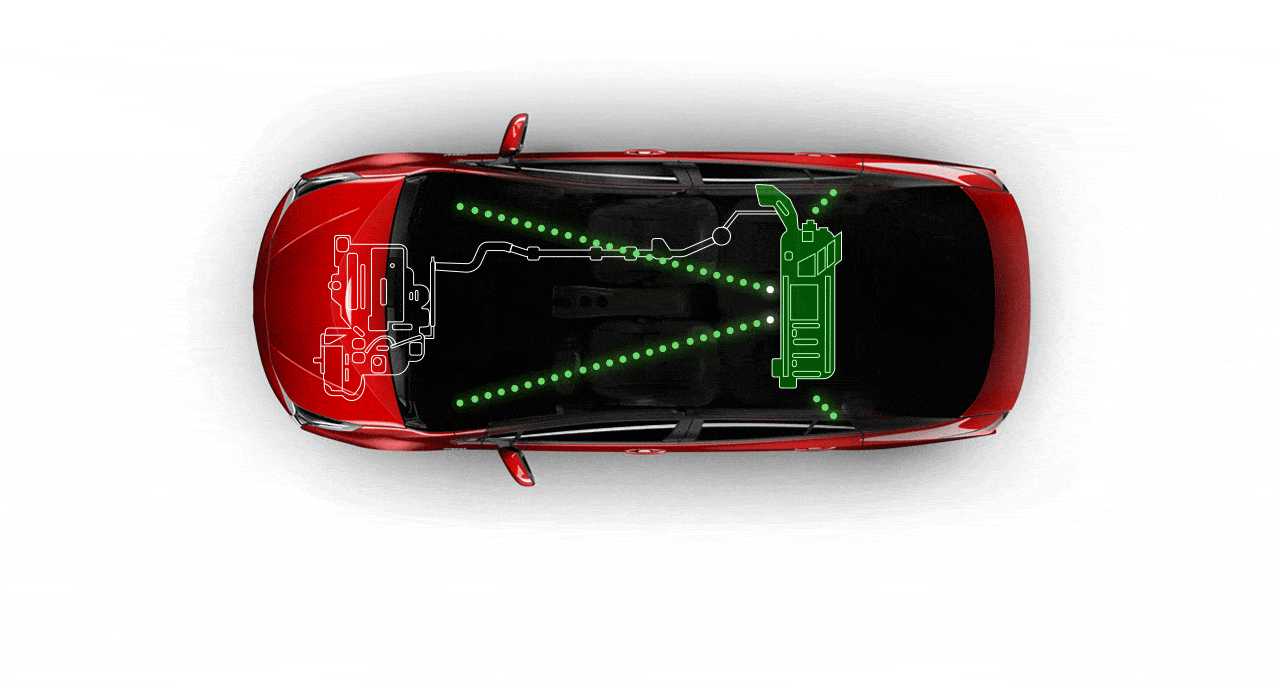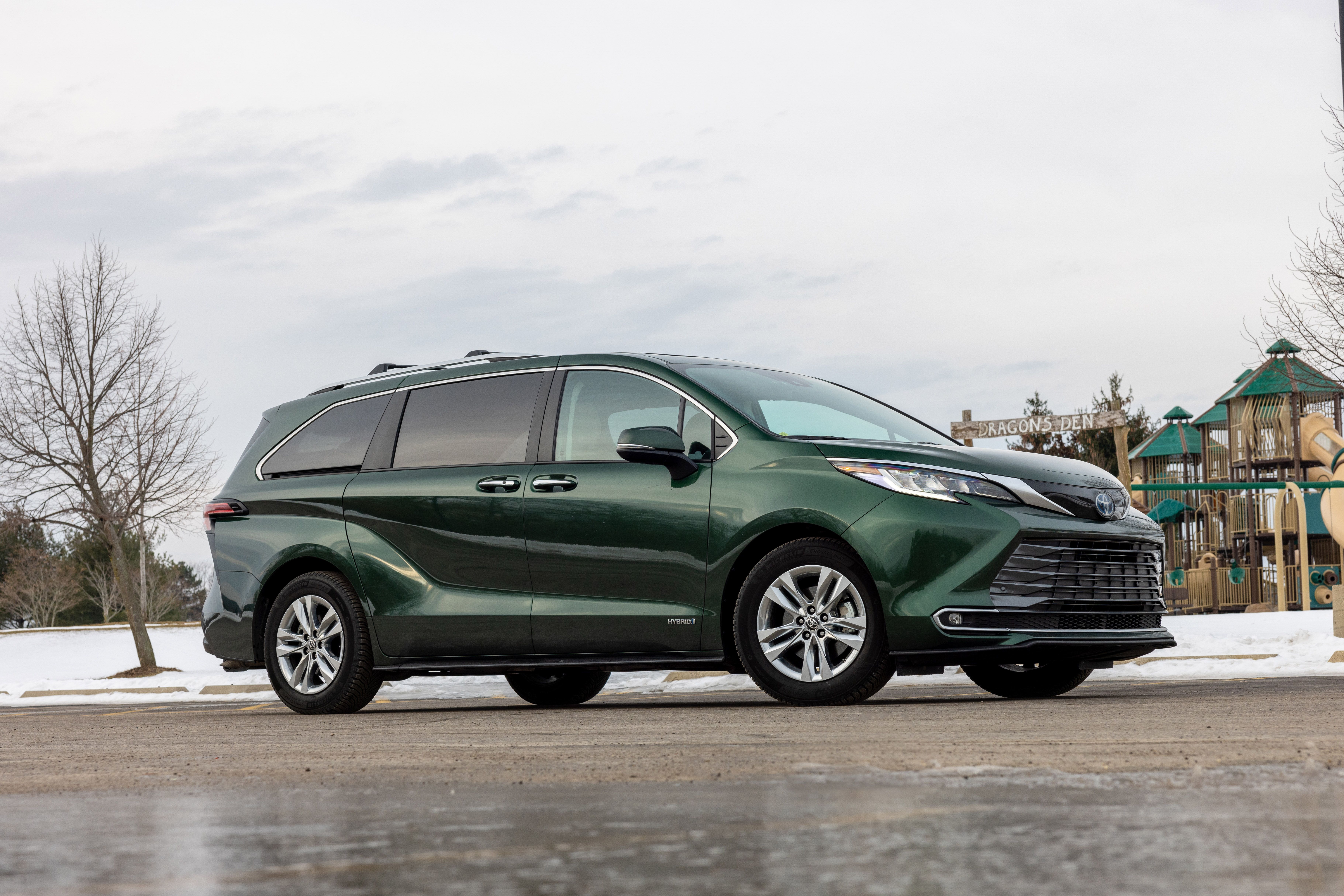Today, let’s dive into the world of hybrid vehicles, focusing on the Toyota Sienna Hybrid. This masterpiece of engineering is a marvel that seamlessly combines a traditional internal combustion engine with an electric motor. In this article, we’ll explore the fascinating inner workings of the Toyota Sienna Hybrid and how it achieves its remarkable efficiency and performance.

Credit: www.burlingtontoyota.com
Hybrid Powertrain
The Toyota Sienna Hybrid employs a cutting-edge powertrain that consists of a gasoline engine and an electric motor. The primary function of the gasoline engine is to provide power to the wheels and recharge the hybrid battery. On the other hand, the electric motor works in tandem with the gasoline engine, assisting with propulsion and providing an extra boost during acceleration.
Regenerative Braking
One key feature that sets the Toyota Sienna Hybrid apart is its regenerative braking system. When the vehicle decelerates or brakes, the electric motor reverses its function and acts as a generator, converting the kinetic energy into electrical energy. This energy is then stored in the hybrid battery for later use, enhancing the overall efficiency of the vehicle.
Hybrid Battery
The heart of the Toyota Sienna Hybrid is its advanced hybrid battery. This high-capacity battery serves as the energy storage unit for the electric motor and provides additional power to the vehicle when needed. The sophisticated battery management system ensures optimal utilization of energy, contributing to the exceptional fuel economy and low emissions of the vehicle.
Intelligent Energy Management
At the core of the Toyota Sienna Hybrid’s operation is its intelligent energy management system. This innovative technology continuously monitors various parameters such as vehicle speed, battery status, and driving conditions to seamlessly switch between the gasoline engine and electric motor, maximizing efficiency without compromising performance.

Credit: www.caranddriver.com
Effortless Transition
One of the most remarkable aspects of the Toyota Sienna Hybrid is its seamless transition between the gasoline engine and electric motor. The vehicle intelligently adjusts the power sources based on the driver’s input and the driving environment, ensuring a smooth and effortless driving experience while optimizing fuel efficiency and reducing emissions.
Benefits of Hybrid Technology
The incorporation of hybrid technology in the Toyota Sienna brings forth a myriad of benefits. From reduced fuel consumption and lower emissions to enhanced performance and quieter operation, the hybrid system delivers a superior driving experience while promoting sustainability and environmental responsibility.
Frequently Asked Questions For How Does Toyota Sienna Hybrid Work
How Does Toyota Sienna Hybrid Work?
The Toyota Sienna Hybrid operates on a combination of gasoline and electric power. It uses sophisticated technology to seamlessly switch between the two power sources, maximizing fuel efficiency and reducing emissions.
What Are The Benefits Of Toyota Sienna Hybrid?
The Toyota Sienna Hybrid offers numerous benefits, such as improved fuel economy, reduced environmental impact, and lower operating costs. Additionally, the hybrid technology provides smoother acceleration and quieter rides for a more enjoyable driving experience.
Can I Still Drive The Toyota Sienna Hybrid If The Battery Runs Out?
Yes, even if the battery of the Toyota Sienna Hybrid runs out, you can still drive it using the gasoline engine. The vehicle is designed to automatically switch to gasoline power when necessary, ensuring that you are never stranded due to a depleted battery.
Conclusion
In conclusion, the Toyota Sienna Hybrid represents a remarkable feat of automotive engineering, blending the best of internal combustion technology with the efficiency and versatility of electric propulsion. Its seamless operation, intelligent energy management, and eco-friendly design make it a standout choice for those seeking a minivan that delivers exceptional performance while prioritizing environmental sustainability.
